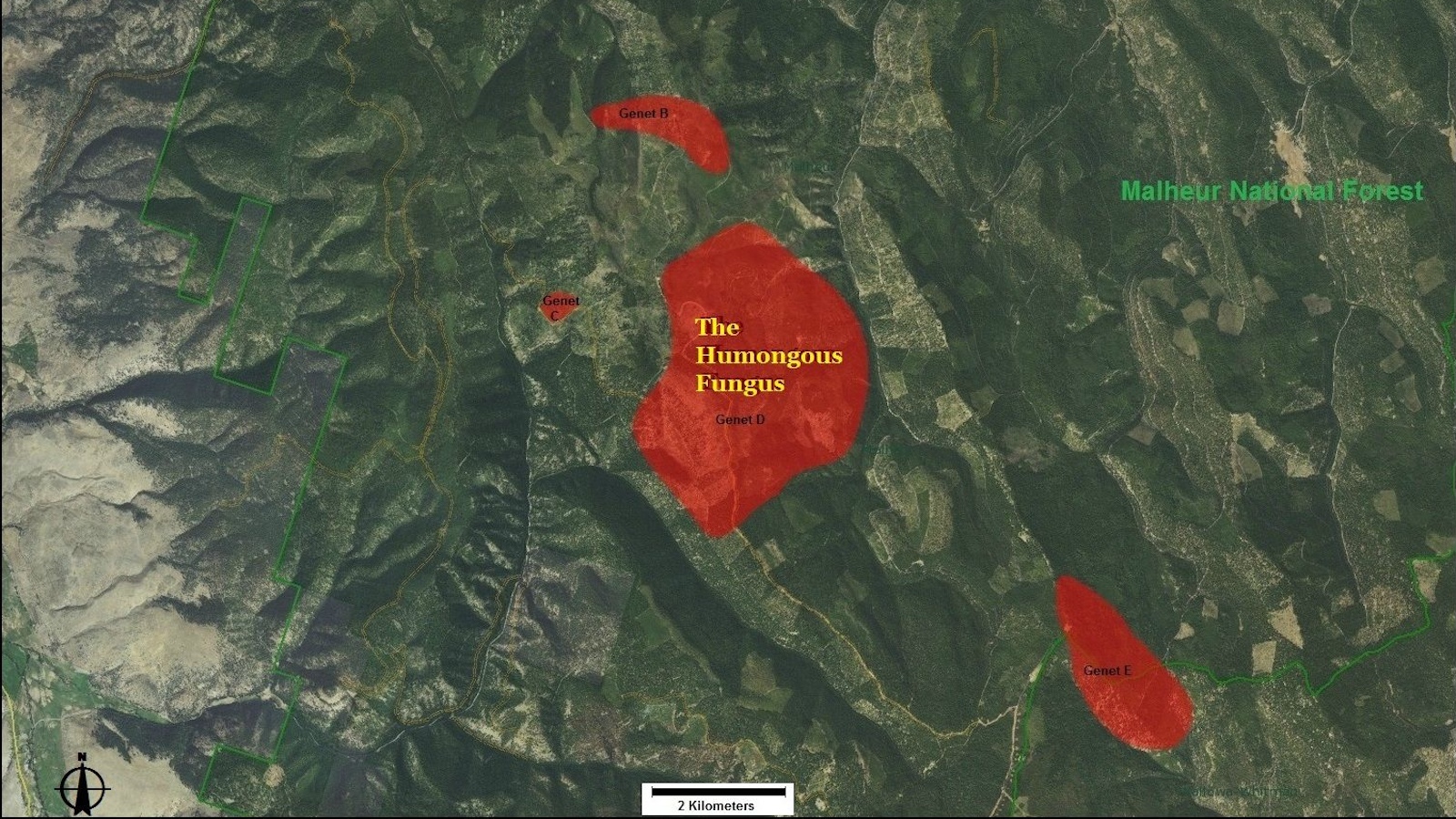Is Earth our Solar System’s missing ‘Super-Earth’?

The reports that our Solar System is missing the galaxy’s most common type of planet are greatly exaggerated.
“To raise new questions, new possibilities, to regard old problems from a new angle, requires creative imagination and marks real advance in science.” -Albert Einstein
It wasn’t that long ago that we thought our Solar System was the prototype for how planetary systems ought to be configured. We thought that there were two classes of planets: the rocky worlds, that we’d find clustered in the inner regions, and the gas giants, located farther out. Starting in the 1990s, we finally began discovering planets around stars other than our own, and we were in for not just one but two rude awakenings, and we discovered our Solar System was not normal. In a new paper just accepted for publication this week, two Columbia University astrophysicists might have just explained why.
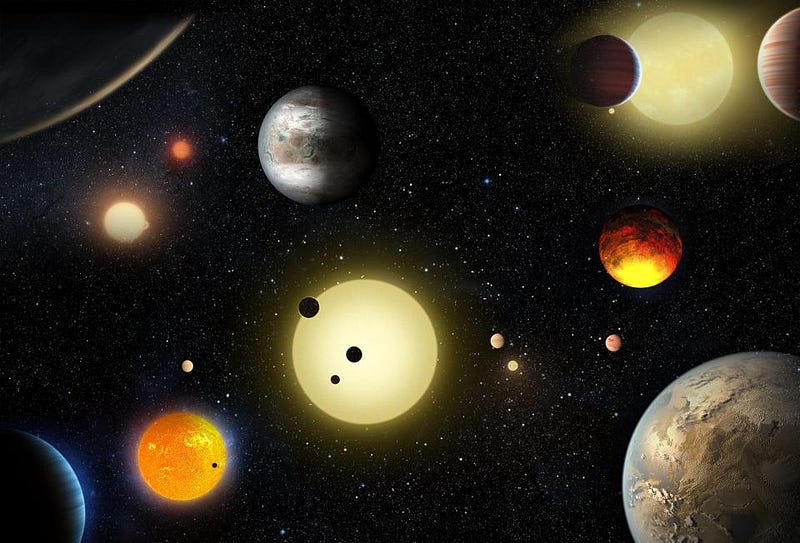
Having small, rocky worlds in the inner solar system and large, gas giants in the outer solar system isn’t the norm, as we might have expected. Gas giants and rocky planets, it turned out, could be found anywhere, with large worlds just as likely as small ones to be close to their parent stars. The planets that we were finding showed that there’s nothing forbidding gas giants from becoming “hot Jupiters,” and in fact they turned out to be quite common. But the second surprise was even more puzzling, and came thanks to the pioneering work of NASA’s Kepler space observatory. While rocky, Earth-sized worlds — and slightly larger and slightly smaller rocky worlds — were common, as were Neptune-and-Jupiter sized worlds, there was a third class of planet that was the most common of all. In between the size of Earth and Neptune lied a possibility we had overlooked: a super-Earth (or mini-Neptune) world. As it turned out, there were more super-Earths than any other type.
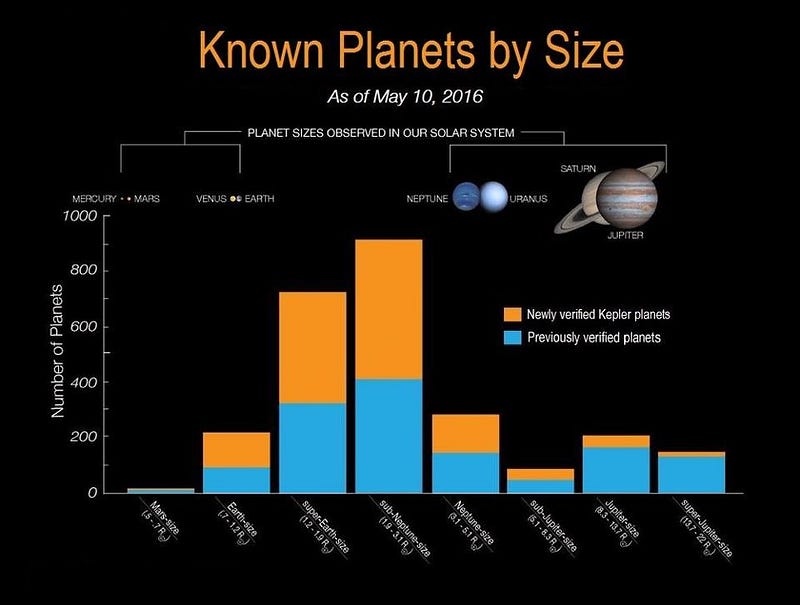
At first, the puzzle was why this class of surprising world was so abundant. But as simulations of planetary formation around stars began to improve, we started to see that a smooth distribution emerged as far as the planets that would survive. Worlds that were too low in mass would tend to get absorbed, ejected or hurled into the Sun by other bodies. As the mass of the planet increased, their likelihood of survival increased. The more massive worlds — about three times Earth’s mass and up — would have enough of a gravitational pull to hang onto an envelope of hydrogen and helium, yet with a rocky surface not too far down. These intermediate-mass worlds would be somewhere in between a rocky world and a gas giant. But as you looked for more and more massive worlds, you started to see fewer and fewer of them. The Universe doesn’t form ever-increasing numbers of worlds with high mass simply because of the amount of material available. Remember: it would take the material from 317 Earths to make just one Jupiter!
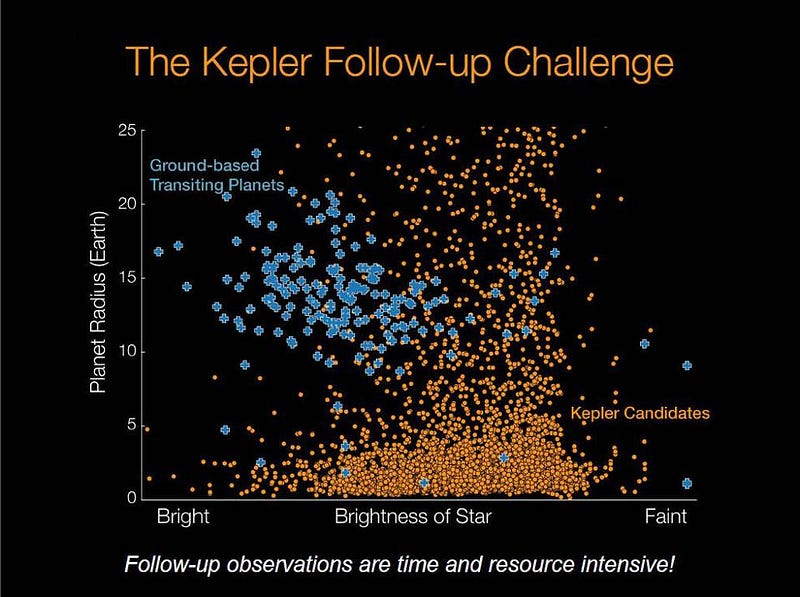
As our understanding of planetary formation improved, it led to a different, perhaps more existential question. If super-Earths were the most common type of world out there, what made our Solar System so “special” that we don’t have one? The possibilities were intriguing but frustrating, including:
- That early super-Earths formed, but didn’t survive, perhaps getting ejected as the giant planets migrated.
- That the entire inner Solar System was erased before Jupiter moved outwards, and the rocky worlds are so small because they formed late, after most of the material was gone.
- Or that our massive gas giants and the Sun gobbled up the early planet-forming material for themselves, eliminating the possibility of a super-Earth.
But utilizing a new development in probabilistic forecasting, scientists Jingjing Chen and David Kipping have come up with a new, intriguing and compelling explanation that teaches us we’ve been looking at the “problem” all wrong.
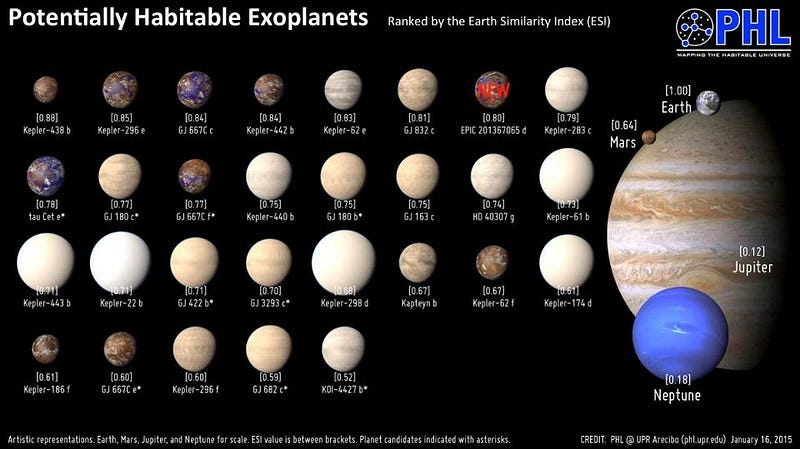
In most cases, for the candidate planets we’ve observed, we know either the mass or the radius, but not both. This presents a difficulty, because both are required in order to know whether you’ve got a world that’s rocky, like Earth, or a world that’s gassy, like Neptune. You can imagine two very different worlds that are each three times the mass of Earth: one that has a rocky core that’s 2.8 Earth masses with only a thin envelope of gas around it, and one that has a rocky core that’s 1.5 Earth masses, with an equal amount of mass in hydrogen and helium. The first planet is quite Earth-like, but is indeed a super-Earth: larger, more massive and with only a slightly thicker atmosphere. The second one, though, is more of a mini-Neptune: it would have around 10,000 km of “atmosphere” above the rocky surface in all directions, enough that the pressure on the surface would crush any life-as-we-know it.
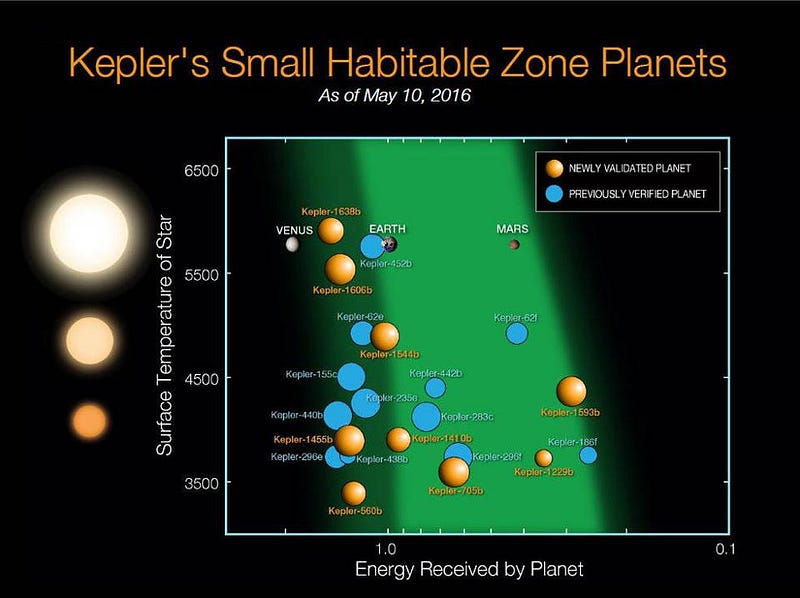
What Chen and Kipping did that’s so remarkable is to forecast exactly where that super-Earth/mini-Neptune cutoff is. Although we’ve been calling everything in between those worlds “super-Earths,” what they’ve shown is that’s a terrible classification scheme. Instead, what they found was:
- Any world that’s less than only 2.0 ± 0.6 Earth masses is likely to be rocky.
- Any world between about 2.0 and 130 Earth masses is a Neptune-like world.
- Any world between about 130 Earth masses and 8% our Sun’s mass is Jupiter-like.
- And anything more massive than 8% of our Sun is a star unto itself.
That’s it! The other classifications, they assert, are simply foolishness. If you want to classify a planet by its properties, rather than arbitrarily, this is the way to go.
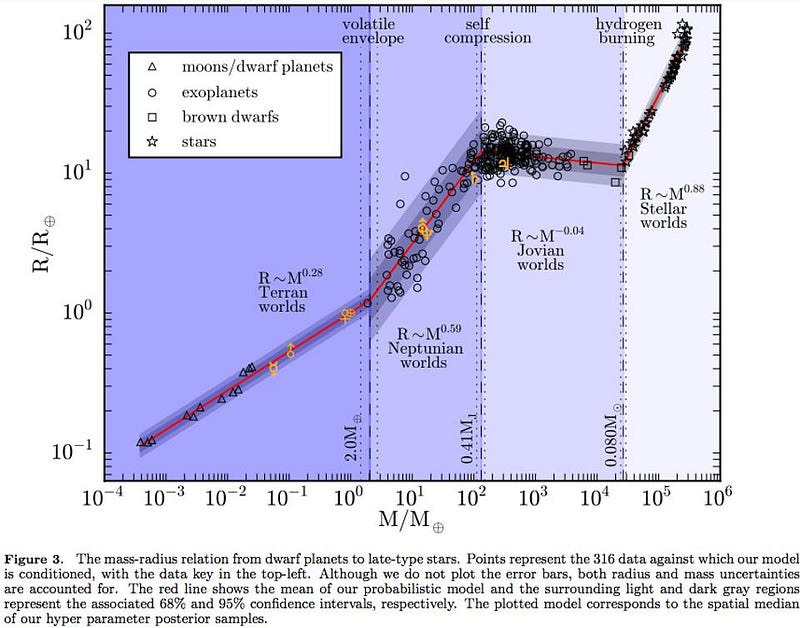
What it tells us is that most of the worlds we’ve been calling “super-Earths” are actually on the low-mass end of Neptune-like worlds, confirming a suspicion held by many for years. For planets found by the transit method, a world that’s 2.0 Earth masses and rocky will only be about 25% larger in radius than Earth; larger than that and you’re probably Neptune-like, with a massive hydrogen/helium envelope.

And the reason, therefore, that our Solar System doesn’t have any super-Earths? It’s because, with masses of 50% and 40% of that transition threshold, respectively, Earth and Venus are the super-Earths we’ve been looking for: the high-mass rocky planets. The next “class” of planet are the Neptune-like worlds, and we’ve actually got three of them. (Sorry, Saturn!) As Chen and Kipping note:
The large number of 2–10 [Earth mass] planets discovered is often cited as evidence that Super-Earths are very common and thus Solar System’s makeup is unusual… However, if the boundary between Terran and Neptunian worlds is shifted down to 2 [Earth masses], the Solar System is no longer unusual. Indeed, by our definition three of the eight Solar System planets are Neptunian worlds, which are the most common type of planet around other Sun-like stars.
In other words, it’s true that our Solar System doesn’t have any planets between two and ten Earth masses, and that in and of itself is rare. But that’s not a good way of classifying planets; they’re simply part of the larger class of Neptunian worlds, of which we have three. It turns out we’ve been looking at the “problem” of the missing super-Earths all wrong. If we look at it correctly, we learn two revolutionary things: what we’ve been calling super-Earths aren’t Earth-like at all, and that there isn’t a problem to be solved, as our Solar System isn’t missing anything after all.
This post first appeared at Forbes, and is brought to you ad-free by our Patreon supporters. Comment on our forum, & buy our first book: Beyond The Galaxy!


